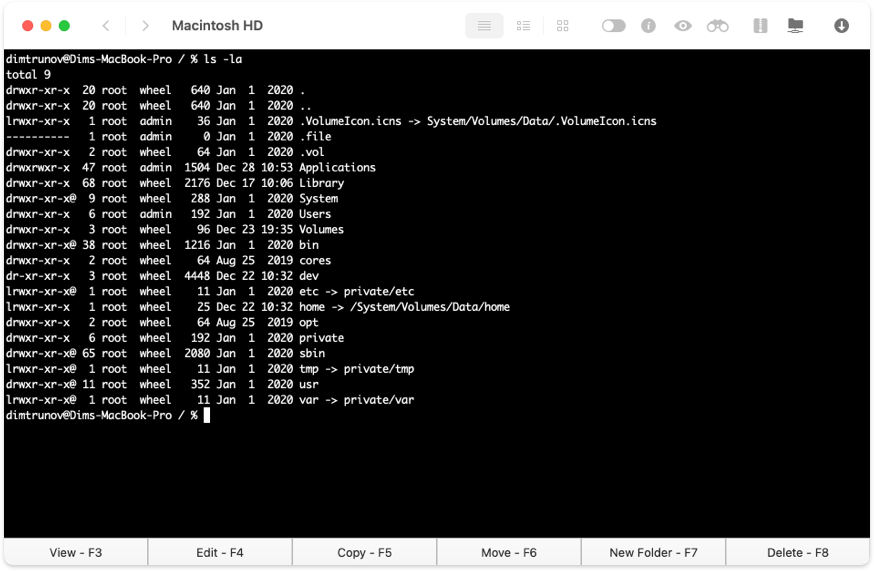

With an admin account, you can make a tweak to almost everything on your Mac via the Terminal.app. What Is the Command Line?Ī command line, accessed with Terminal.app, empowers you to work on Macs remotely or locally and control a macOS system through a series of text-based commands and scripts. In this article we will explore the command line, plus its applications and key benefits for IT admins. In fact, there are some tasks that cannot be accomplished by any other method except the command line. To carry out your role efficiently, it is helpful to understand how to use the common Unix commands.Īdditionally, while most users of macOS are more familiar with the graphical user interface (GUI), the command line interface (CLI) is more powerful and saves time. Ipconfig/setclassid Modifies the DHCP class ID.As a Mac admin, or an IT admin overseeing a cross-OS fleet, your role revolves around managing your company’s Apple system infrastructure. Ipconfig/showclassid Displays all the DHCP class IDs allowed for adapter. Ipconfig/displaydns Displays the contents of the DNS Resolver cache. Ipconfig/registerdns Refreshes all DHCP leases and re-registers DNS names. Ipconfig/flushdns Purges the DNS Resolver cache. Ipconfig/renew6 Renews the IPv6 address for the specified adapter. Ipconfig/renew Renews the IPv4 address for the specified adapter. Ipconfig/release6 Releases the IPv6 address for the specified adapter. Ipconfig/release Releases the IPv4 address for the specified adapter. Ipconfig/allcompartments Displays information for all compartments. Ipconfig/all Displays All configuration information. More in-depth details about the MAC Address and Physical Address for ALL Ethernet Adapters, Wireless Adapters, and Tunnel Adapters will display. 1. In the Command Prompt, type the following command and press the Enter key: ipconfig/allĢ. Details about the MAC Address, Physical Address, and Transport Name for ALL Ethernet Adapters, Wireless Adapters, and Tunnel Adapters will display. In the Command Prompt, type the following command and press the Enter key: getmac /v /fo listĢ. If you see Multiple MAC Addresses listed, you may want to run another command to see more details. The Transport Name: This is the location of the Network Adapter.Ĥ. The Physical Address: This is a 12-digit number also known as the MAC Address of your Network Adapter. The MAC Address for each network card in the computer will display in the Command Prompt window. In the Command Prompt, type the following command and press the Enter key: getmacģ. NOTE: You may also open Command Prompt by pressing Windows key + R, then typing cmd and pressing Enter.Ģ. Click on the Command Prompt, displayed in the search results. Type Command Prompt in the search box and press Enter.ī. To find the MAC Address on a Windows 7 or 10 Computer:Ī.


 0 kommentar(er)
0 kommentar(er)
